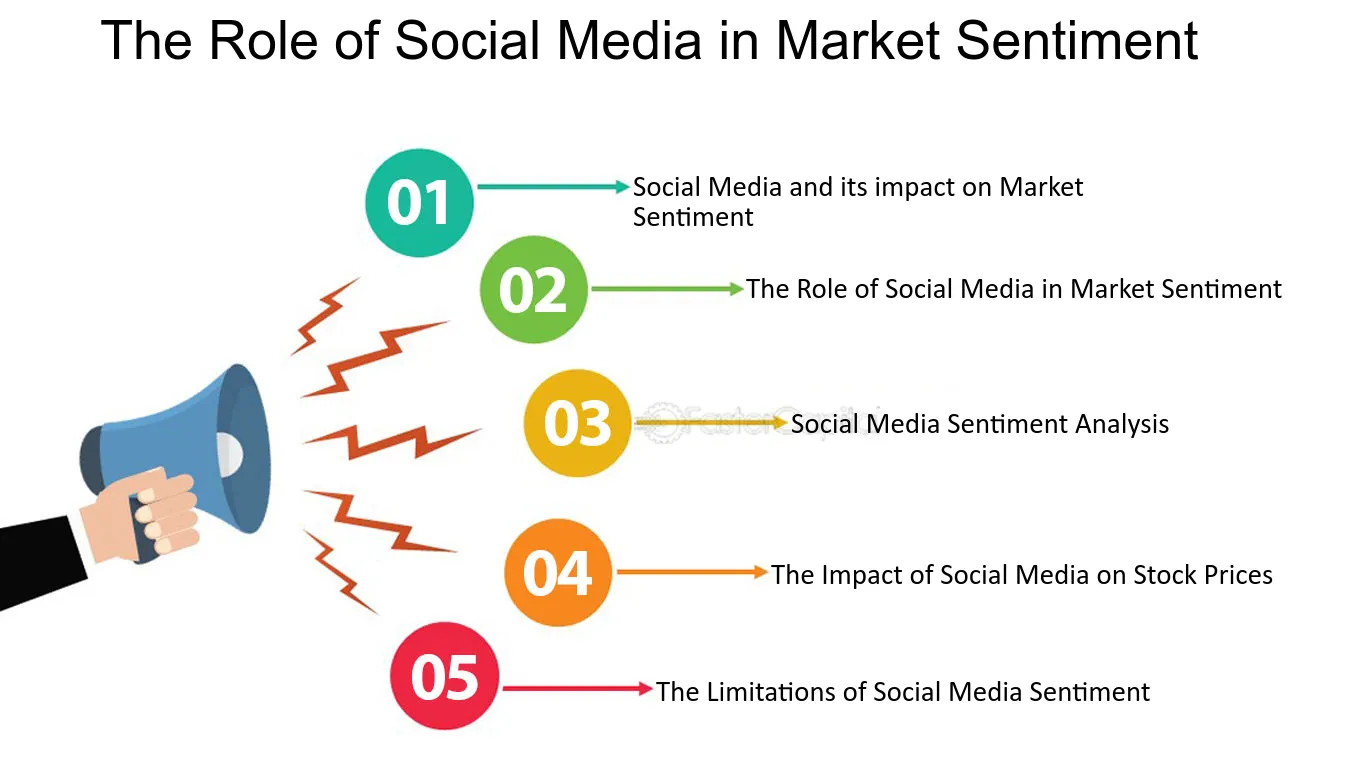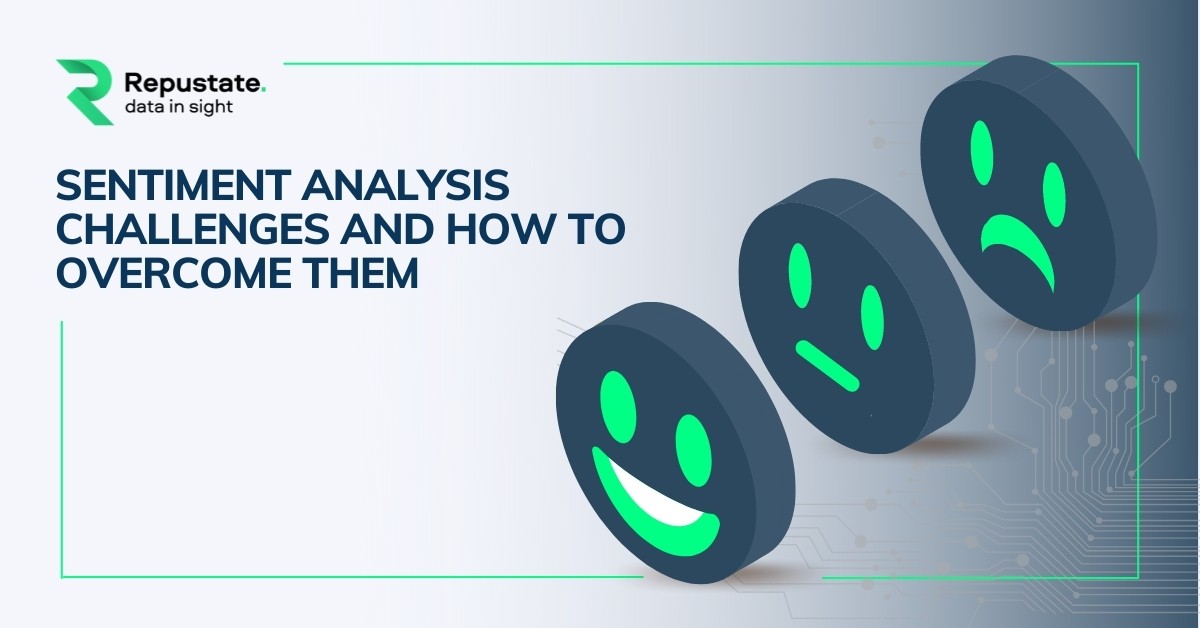Did you know that in trading, even a tweet can send stocks soaring or plummeting faster than you can say "buy low, sell high"? In this article, we explore the powerful intersection of sentiment analysis and trading strategies. You'll learn what sentiment analysis is and how it can enhance your trading approach. Discover the tools available for gathering sentiment data and the best sources in finance. We'll discuss the impact of social media and news sentiment on stock prices, and how technical analysis can be integrated with sentiment insights. Additionally, we’ll cover effective sentiment indicators, the challenges faced, and successful case studies. Finally, we delve into how machine learning can elevate your sentiment analysis for trading, especially in the dynamic world of cryptocurrency. Join us at DayTradingBusiness to unlock the potential of sentiment analysis in your trading journey!
What is sentiment analysis in trading?
Sentiment analysis in trading involves evaluating public sentiment, often through social media, news, and forums, to gauge market trends and investor behavior. By analyzing this sentiment, traders can make informed decisions about buying or selling assets.
To combine sentiment analysis with trading strategies, start by identifying key sentiment indicators, like social media sentiment scores or news sentiment analysis. Use these indicators alongside technical analysis to confirm trading signals. For instance, if positive sentiment coincides with a bullish chart pattern, it may strengthen the case for a buy.
Continuously track sentiment changes and adjust your strategy accordingly. Incorporating sentiment analysis helps anticipate market movements and improve trading outcomes.
How can sentiment analysis improve trading strategies?
Sentiment analysis can enhance trading strategies by providing insights into market sentiment, helping traders gauge public opinion on stocks or assets. By analyzing news articles, social media, and forums, traders can identify bullish or bearish trends before they impact prices. This allows for more informed decision-making, enabling traders to enter or exit positions based on sentiment shifts. For example, a surge in positive sentiment around a stock may signal a buying opportunity, while negative sentiment can prompt selling. Incorporating sentiment data with traditional indicators creates a more robust trading strategy, improving overall performance.
What tools are available for sentiment analysis in trading?
Tools for sentiment analysis in trading include:
1. Natural Language Processing (NLP) Libraries: Libraries like NLTK and SpaCy can analyze news articles and social media for sentiment.
2. Sentiment Analysis Platforms: Tools like RavenPack and MarketPsych provide sentiment data tailored for financial markets.
3. Social Media Monitoring Tools: Platforms like Hootsuite and Brandwatch track public sentiment on social channels.
4. News Aggregators with Sentiment Features: Services like Bloomberg Terminal and Reuters Eikon offer sentiment scores based on news coverage.
5. Custom Algorithms: Traders often develop bespoke algorithms using APIs from Twitter or StockTwits to gauge sentiment.
6. Machine Learning Models: Advanced traders use ML models to predict price movements based on sentiment data.
Integrating these tools can enhance trading strategies by aligning trades with market sentiment trends.
How do you collect sentiment data for trading purposes?
To collect sentiment data for trading, start by sourcing information from social media platforms, financial news outlets, and specialized sentiment analysis tools. Use APIs to gather real-time tweets, Reddit posts, and news headlines related to specific stocks or markets. Analyze this data with natural language processing (NLP) techniques to gauge public sentiment—positive, negative, or neutral. Integrate sentiment scores into your trading strategies by correlating them with price movements and trading volumes. Adjust your positions based on sentiment trends, ensuring to validate findings with historical data for accuracy.
What are the best sources for sentiment analysis in finance?
The best sources for sentiment analysis in finance include social media platforms like Twitter and Reddit, financial news websites, earnings call transcripts, and analyst reports. You can also use financial data aggregators like Bloomberg and Thomson Reuters, which provide sentiment scores and news sentiment analysis tools. Additionally, forums like StockTwits and sentiment-focused APIs can offer valuable insights. These sources help gauge market sentiment, which can be integrated into trading strategies for better decision-making.
How can social media sentiment impact stock prices?

Social media sentiment can significantly impact stock prices by influencing investor perception and behavior. Positive sentiment can drive demand, leading to rising stock prices, while negative sentiment can trigger sell-offs. Traders can combine sentiment analysis with trading strategies by monitoring social media platforms for trends, using tools to quantify sentiment, and adjusting their positions accordingly. For example, a surge in positive tweets about a company may prompt traders to buy shares, anticipating price increases. Conversely, widespread negative sentiment might lead to short-selling opportunities.
What role does news sentiment play in trading decisions?
News sentiment significantly influences trading decisions by shaping market perceptions and investor behavior. Positive news can drive stock prices up, while negative sentiment often leads to declines. Traders analyze news sentiment to gauge market trends, identify potential buy or sell signals, and manage risk. By integrating sentiment analysis into trading strategies, investors can make informed decisions, capitalize on market movements, and enhance their overall trading performance.
How do you integrate sentiment analysis with technical analysis?
To integrate sentiment analysis with technical analysis, start by collecting sentiment data from news, social media, or forums relevant to the asset you're trading. Use sentiment indicators, such as the Fear & Greed Index or social media sentiment scores, to gauge market mood.
Next, apply technical analysis by identifying key price levels, trends, and patterns on charts. Combine insights: for example, if sentiment is bullish but technical indicators show resistance, be cautious about entering a long position. Conversely, if sentiment is bearish and technical analysis indicates a strong support level, it might signal a buying opportunity.
Regularly update your sentiment data and refine your technical strategies based on market reactions to news and events. This dual approach helps you make informed trading decisions that account for both market psychology and price action.
What types of sentiment indicators are most effective for traders?
The most effective sentiment indicators for traders include:
1. Consumer Sentiment Index: Measures overall consumer confidence, influencing market trends.
2. Market Sentiment Surveys: These include the AAII Sentiment Survey and Investors Intelligence, indicating bullish or bearish trends.
3. Social Media Sentiment Analysis: Tools like Twitter sentiment analysis gauge real-time market mood.
4. Put/Call Ratios: High put volume suggests bearish sentiment, while high call volume indicates bullish sentiment.
5. Fear and Greed Index: This index summarizes market sentiment based on volatility, momentum, and social media activity.
Combining these indicators with technical analysis can enhance trading strategies, helping traders make informed decisions.
How can sentiment analysis predict market trends?
Sentiment analysis can predict market trends by analyzing social media posts, news articles, and financial reports for positive or negative sentiment regarding stocks or markets. When sentiment shifts—like increased positive mentions of a company—it often precedes price increases. Traders can integrate sentiment data into their strategies by adjusting their positions based on sentiment trends, such as buying when positive sentiment rises and selling when it falls. This real-time insight helps identify potential market movements before they happen, allowing for more informed trading decisions.
Learn about Using Sentiment Analysis to Predict Market Trends
What are the challenges of using sentiment analysis in trading?

The challenges of using sentiment analysis in trading include data accuracy, as social media and news can be noisy and misleading. Timeliness is crucial; market reactions can happen rapidly, making it hard to capture sentiment before price changes. Additionally, sentiment can be subjective, leading to varied interpretations. Market manipulation can distort sentiment signals, complicating decision-making. Finally, integrating sentiment analysis with trading strategies requires robust algorithms to filter out irrelevant information and avoid overfitting to past data.
How do you test the effectiveness of a sentiment-based trading strategy?
To test the effectiveness of a sentiment-based trading strategy, follow these steps:
1. Data Collection: Gather historical sentiment data from social media, news articles, or financial reports, along with corresponding asset prices.
2. Strategy Development: Define your trading rules based on sentiment signals, such as buy when sentiment is positive and sell when it turns negative.
3. Backtesting: Use historical data to simulate trades according to your strategy. Analyze performance metrics like return on investment (ROI), win rate, and drawdown.
4. Statistical Analysis: Apply statistical tests to determine if the results are significant compared to a random trading strategy.
5. Forward Testing: Implement the strategy in a simulated or small live trading environment to evaluate real-time effectiveness.
6. Performance Review: Continuously monitor results, adjusting the strategy based on feedback and changing market conditions.
This process ensures a comprehensive evaluation of your sentiment-based trading strategy's effectiveness.
What are some successful case studies of sentiment analysis in trading?
1. Twitter Sentiment and Stock Movements: Researchers analyzed tweets about major tech stocks. They found that positive sentiment correlated with stock price increases, allowing traders to buy before spikes.
2. Earnings Calls Analysis: A hedge fund used natural language processing to evaluate sentiment in earnings calls. By quantifying the tone of executives, they predicted stock performance accurately, leading to profitable trades.
3. News Sentiment for Forex Trading: A case study focused on predicting currency movements based on news sentiment. The strategy involved analyzing the sentiment of financial news, which led to a 20% increase in trading profits.
4. Reddit and Meme Stocks: Traders leveraged sentiment analysis on Reddit posts about GameStop. By tracking sentiment trends, they positioned themselves ahead of the dramatic price shifts, resulting in substantial gains.
5. Market Sentiment Index: A trading firm created an index based on social media sentiment. By integrating this index into their trading strategies, they improved their buy/sell timing, leading to higher returns over time.
How can machine learning enhance sentiment analysis for trading?
Machine learning enhances sentiment analysis for trading by analyzing vast amounts of unstructured data, like social media posts and news articles, to gauge market sentiment more accurately. Algorithms identify patterns and correlations between sentiment and price movements, allowing traders to make data-driven decisions. By using techniques like natural language processing (NLP), machine learning can discern nuances in sentiment, improving predictions of market trends. This results in more effective trading strategies that capitalize on emotional market shifts, ultimately leading to better investment outcomes.
Learn about How Does Machine Learning Enhance Day Trading?
What is the impact of market sentiment on cryptocurrency trading?
![]()
Market sentiment significantly influences cryptocurrency trading by affecting price movements and trading volume. Positive sentiment can drive prices up, while negative sentiment often leads to declines. Traders can combine sentiment analysis with trading strategies by monitoring social media trends, news, and community discussions to gauge market mood. For instance, a spike in positive sentiment around a specific coin may signal a buying opportunity, while a sudden wave of negative sentiment could indicate a sell-off. Incorporating sentiment analysis helps traders make informed decisions and react quickly to market changes.
How often should traders analyze sentiment data?
Traders should analyze sentiment data daily, particularly before key market events. This frequency helps capture shifts in market mood and can inform short-term trading decisions. For long-term strategies, weekly reviews may suffice, but staying updated enhances responsiveness to changes. Adjust analysis frequency based on market volatility and personal trading style for optimal results.
Conclusion about How to Combine Sentiment Analysis with Trading Strategies
Incorporating sentiment analysis into trading strategies can significantly enhance decision-making and improve market predictions. By leveraging tools and data from various sources, traders can gain insights into market trends and investor behavior. While challenges exist, the integration of sentiment analysis with technical indicators has proven effective for many. For traders seeking to refine their strategies, understanding the nuances of sentiment can lead to more informed trades. With the support of DayTradingBusiness, you can master these techniques to navigate the complexities of the trading landscape.
Learn about How to Combine Technical Analysis with Day Trading Strategies